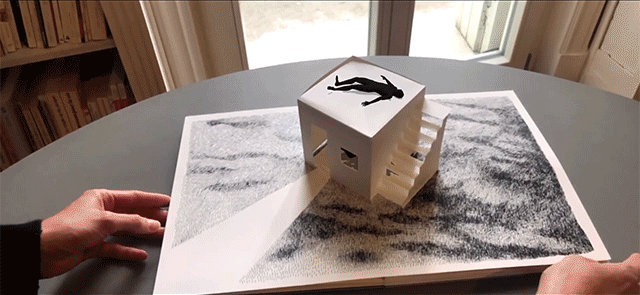Augmented Reality opens new possibilities of storytelling. With Augmented Reality, you are not just watching a story been told. You are immersed in the experience and become part of the story.
“We witness stories our entire lives. All the storytelling mediums we know and love are ones where an author recounts a tale and we bare witness to that tale. What gets me so excited about these immersive mediums is it feels like we’re crossing the threshold from stories we witnessed to stories we live as our own.”
– CEO of the VR tech and entertainment company, Within
You experience the story as a character of it, you can interact with other characters and they interact with you and you have the ability to influence the story. You walk away with the memory of your own story and not of just media you have consumed.
Three main components of Augmented Reality Stories
In most of AR scenes, you need to focus of the three main aspects.
1. Assets
Assets are all the elements of a AR story, like 3D or 2D models, audio files or videos. They help you tell your story. 3D models, especially when they are combined with audio, can create an immersive experience by taking the user into the world of the story. 2D aspects can also be an important part, for example by providing information via text.
Something you need to also keep in mind is on which device the user will be experiencing your AR story. Not every user is using the latest device, so you need to pay attention on the size of your assets.
2. Interactions
While creating an AR story, you have to consider, how you want the user to be able to interact with the story. These could be through really simple interactions, like the user can for example rotate assets, take a closer look at some of them or look at the scene from a distance. Or more complex ones, for example interacting with characters, speak to them and in order to that influence the story.
3. Environment
Augmented Reality takes place in the real world. So you need to consider where it takes place and how it does influence the role of the user. Does it take place in a room, like the surface of a table, where the user is in the middle of the story, or does the story take place outside, where the assets are far away and the user gets the role of an observer.
Example: Between Worlds by Skip Brittenham
A great example of storytelling with Augmented Reality is Skip Brittenhams book “Between worlds”. Through the use of the Augmented Reality technologies, the fantasy world becomes alive in interactive 3D.
